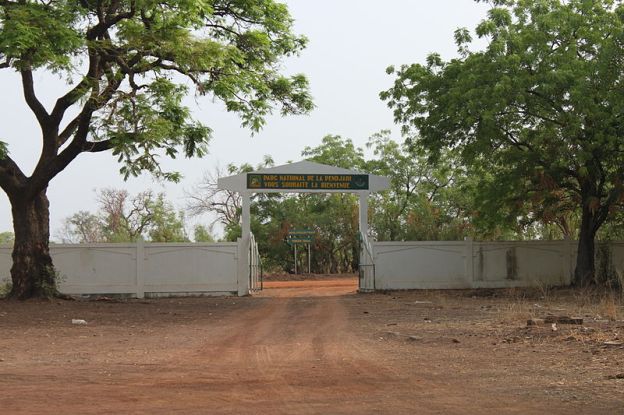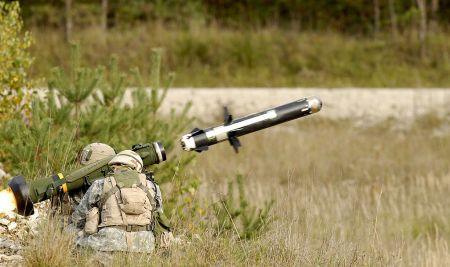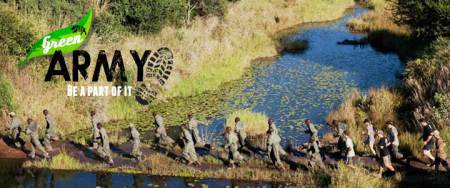Mander, founder and chief executive officer of the International Anti-Poaching Foundation (IAPF) – registered in Houston, headquartered in Zimbabwe, and training rangers across Southern Africa [states]…”while we’re trying to win people [over], tens of thousands of animals are being killed every year. We need to do something now, on the ground, to stop the hemorrhaging. Otherwise there won’t be anything left by the time we’ve won all the hearts and minds.”
Mander’s urgency is not misplaced. Poachers in South Africa killed the equivalent of one rhino every eight hours in 2013. They hacked or sawed off their horns and sold them on the world market for as much as $27,000 per pound – more than the price of gold. That makes the average horn on the average rhino worth close to a quarter-million dollars. Across Africa, the number of elephants has fallen from 1.3 million 40 years ago to fewer than 400,000 today. Each year, the continent loses somewhere between 5 and 10 percent of those that remain. This has prompted organizations such as the Convention on International Trade in Endangered Species to predict that Africa will lose a fifth of its elephants in 10 years. Other groups warn that the African elephant could be extinct within a generation, consigned to picture books, zoos, and eventually fairy tales, like the unicorn.
Mass killings of Africa’s wildlife have happened before, notably in the 1970s and ’80s, a period known as the “ivory holocaust.” In 1989, an international ban on trade in elephant ivory curtailed the supply of illicit animal parts, and populations of the hardest-hit wildlife began creeping up again. But so did the demand. Asia’s growing middle class increasingly sought out the animal contraband that serves both as ancestral trappings of wealth and a source of traditional medicines.
To supply these expanding markets, poaching has surged again. But this time the sophistication, funding, and malevolence of the poachers and their big-time criminal underwriters have reached new heights. The few who are caught are often found with their own night-vision goggles, sniper rifles, bandoliers of ammunition, and other specialized gear. Big-money backers equip the gunmen with helicopters to land inside the electric fences that guard wildlife. They bribe veterinarians to supply the poachers with powerful animal tranquilizers, which are used to fell the beasts all the more quickly.
In the face of this onslaught, the world’s conservation organizations have significantly increased their efforts despite chronic underfunding. But Mander argues that the conservation “industry,” as he calls it, is “dangerously fragmented” and wasting energy pulling in different directions.”It’s a world wildlife war. Don’t let anyone tell you it’s anything else,” he says back at his main encampment in Zimbabwe. “And the way we’re heading, we’re going to lose.”
Mander is an unlikely poster boy for an environmental conservation movement… At age 19, he joined the Australian Navy and soon transferred into the force’s equivalent of the US Navy SEALs. Six years later, he had become a fully trained Special Forces sniper and specialist diver. But his commission ended, and he shifted into private security and protection of VIPs in Iraq. Twelve tours and three years later, he’d become a wealthy man but decided to quit. …
In Zimbabwe, a wildlife reserve manager with a team of rangers out in the bush decided that hiring Mander was worth a try…Seeing the need to teach rangers about military tactics, and using money from investments he had made during his high-paying days in Iraq, Mander set up the IAPF in 2009. To date, it has trained rangers from 10 separate wilderness areas in Zimbabwe and is expanding into Mozambique. IAPF is also leading efforts from South Africa to create an international standard for wildlife rangers around Africa and beyond….
He teaches intelligence gathering and analysis, as well as overt and covert patrolling. He shows them how to set up observation posts, how to use force properly, and how to deal with battlefield casualties. Mander deploys the gear he used when he was in Iraq, the night scopes and the infrared lights. He’s working on a new gas-driven drone that can spend five hours in the air scouring the landscape for poachers. His rangers go through physical training drills every morning. Their uniforms are new and spotless. “People will try to package it up in a softer way – I don’t know why – but antipoaching is a paramilitary operation,” he says. “Law enforcement should be a ranger’s No. 1 job, but it’s been turned into a minor role.”…
Mander is not the only one militarizing ranger training. In Kenya, the British Army is helping teach similar battlefield techniques. In South Africa, former special forces soldiers are doing the same. Drones are undergoing trials in a dozen wildlife reserves across Africa. The key ingredient in Mander’s approach is a perpetual show of force, which he believes acts as a deterrent…
Critics in the conservation community worry that militarizing the antipoaching movement raises the risk of innocent people getting caught in the crossfire. They think it sidesteps the judicial process at a time when courts are beginning to impose harsher sentences on poachers….
“A lot of people will argue that we need to be focused less on the military approach I’m trying here and more on community work and hearts and minds and sustainable alternatives for communities,” Mander goes on. “Look, I’m all for that. Let’s have people out there working on that. But while they’re at it, I’m going to be here on the ground trying to stop the bleeding and hold on to what we’ve got left before everything’s dead.”
Excerpt, Mike Pflanz, The ivory police, Christian Science Monitor, Mar. 2, 2014
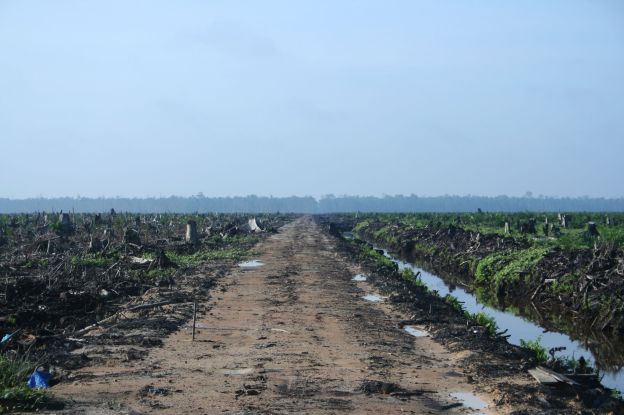


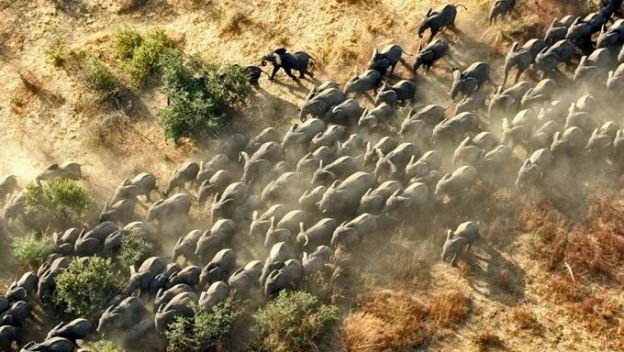
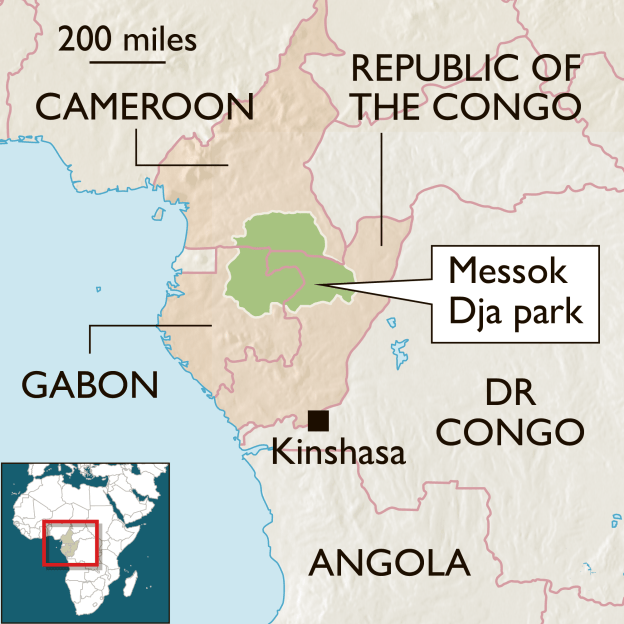
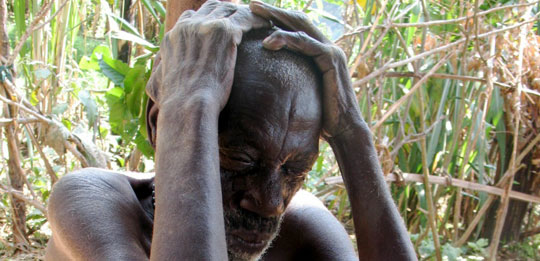
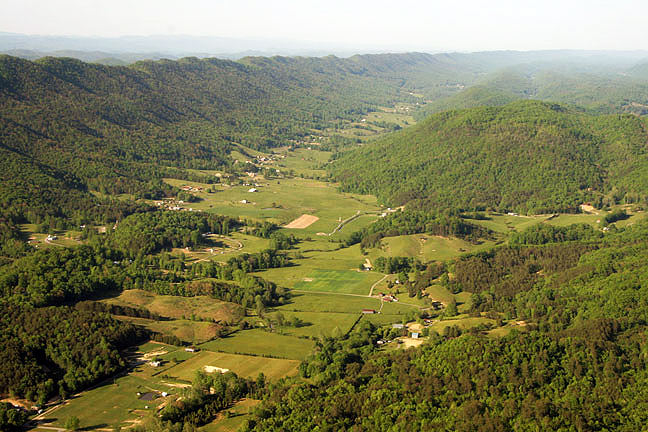
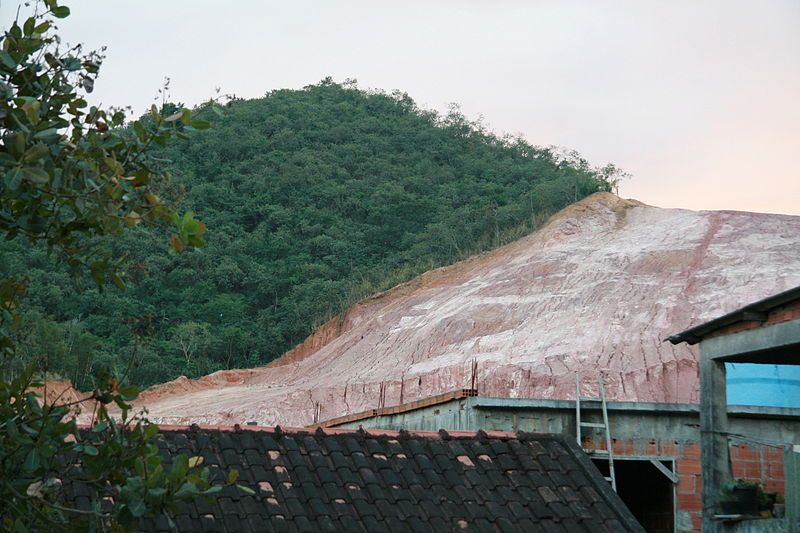

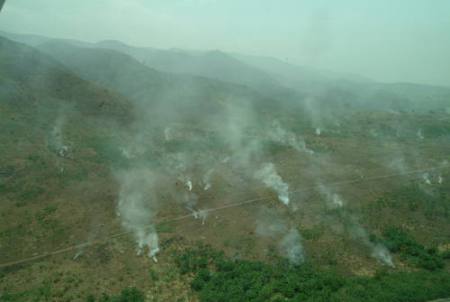
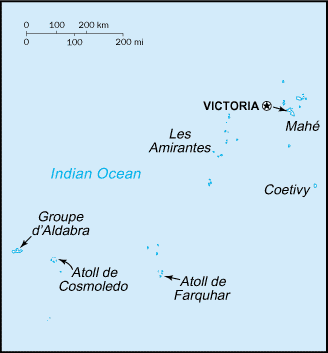

 Daniel Stiles, a self-styled ape trafficking detective in Kenya, had been scouring Instagram, Facebook and WhatsApp for weeks, looking for pictures of gorillas, chimps or orangutans. He was hoping to chip away at an illicit global trade that has captured or killed tens of thousands of apes and pushed some endangered species to the brink of extinction.
Daniel Stiles, a self-styled ape trafficking detective in Kenya, had been scouring Instagram, Facebook and WhatsApp for weeks, looking for pictures of gorillas, chimps or orangutans. He was hoping to chip away at an illicit global trade that has captured or killed tens of thousands of apes and pushed some endangered species to the brink of extinction.